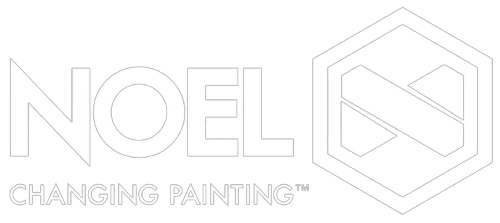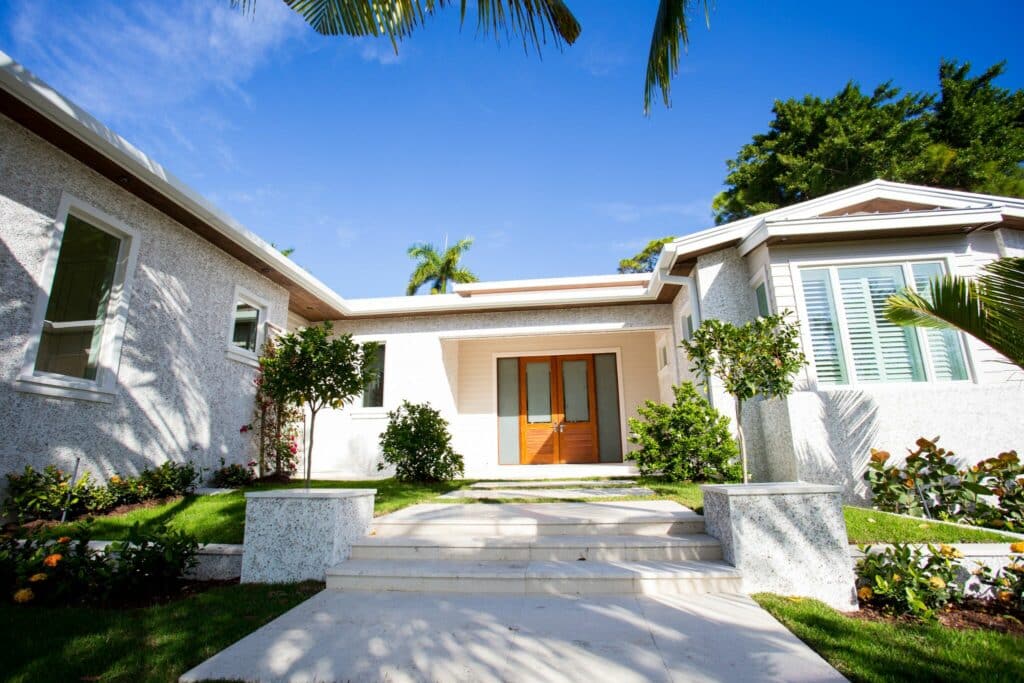How Humidity Can Affect The Way Paint Dries
Humidity represents the amount of water vapor in the atmosphere. This extra water adds moisture to anything and everything. It as well as the temperature are two of the most important factors to consider when trying to dry paint. A moist surface is one of the main contributors to failed paint. So how does it affect how your paint dries?
Humidity affects not only the drying of acrylic and latex paints but also that of oil-based paint. The reason being is when there is a great deal of humidity, the paint is exposed to a greater amount of water vapor. The increase of moisture in the air causes the water in acrylic or latex paint to take longer to dry. This means the water within the paint cannot evaporate as readily. Oil-based paints cure through oxidation which is also slowed down with the extra moisture.
The water in water based paints needs to evaporate as fast as or faster than the solvents in the paint. The paint won’t be able to form a hard surface otherwise. The same is true for oil-based paints.
So how much humidity is acceptable to ensure that the paint job won’t be a complete failure? The biggest contender is how damp the surface that you are wishing to paint is. Optimal conditions relative to humidity include the following:
- Optimal humidity is 40-50%.
- Levels of 70%+ will slow drying and curing but won’t prevent you from painting.
- Anything 85%+ is strongly not recommended. The paint will be gummy and gel-like and the texture, once the paint dries, will be wavy.
When painting a wood surface, the high amount of moisture will cause the wood to absorb water and compromise the adhesion of the paint to the surface.
Humidity will affect the final result of your painting project. To receive professional assistance with your residential painting projects or for more information in general, contact the experts from Noel Painting today!


